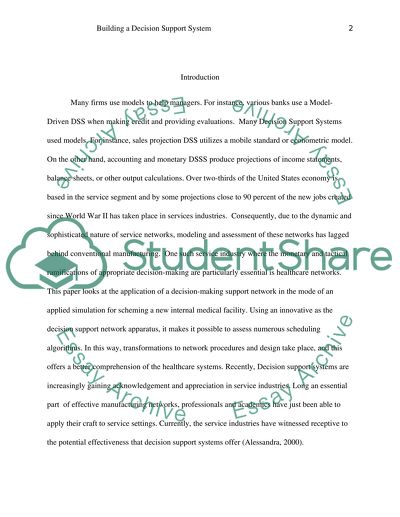Cite this document
(“Building a Decision Support System: Break-Even Analysis Assignment”, n.d.)
Building a Decision Support System: Break-Even Analysis Assignment. Retrieved from https://studentshare.org/information-technology/1476527-building-a-decision-support-system-break-even
Building a Decision Support System: Break-Even Analysis Assignment. Retrieved from https://studentshare.org/information-technology/1476527-building-a-decision-support-system-break-even
(Building a Decision Support System: Break-Even Analysis Assignment)
Building a Decision Support System: Break-Even Analysis Assignment. https://studentshare.org/information-technology/1476527-building-a-decision-support-system-break-even.
Building a Decision Support System: Break-Even Analysis Assignment. https://studentshare.org/information-technology/1476527-building-a-decision-support-system-break-even.
“Building a Decision Support System: Break-Even Analysis Assignment”, n.d. https://studentshare.org/information-technology/1476527-building-a-decision-support-system-break-even.


